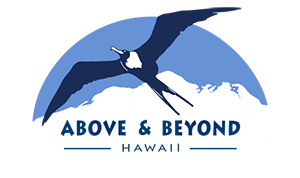Safety First
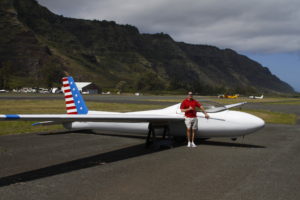
All of our aircraft and pilots fully comply with all FAA guidelines and
regulations. Our gliders are pilot inspected before every flying session, and undergo inspections by Certified FAA Mechanics every 100 hours of flight time and annually. All maintenance work is inspected by Certified FAA mechanics and signed off before the aircraft is returned to service. Our pilots hold a minimum of an FAA Commercial Pilot License and comply with all training and safety standards.
What is a Sailplane?
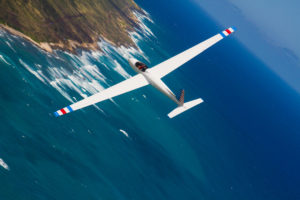
A glider, or sailplane, is a type of aircraft that does not have an engine. Usually an airplane tows the glider aloft, although the glider may also be launched using a winch or even an automobile to pull it into the air. At the desired altitude, the glider pilot releases the towline and begins motor-less flight using a variety of techniques to stay aloft.
Schweizer 2-32
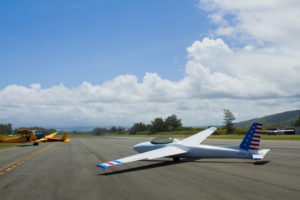
The Schweizer 2-32 is an all metal, two or three-place high performance sailplane built by Schweizer Aircraft Corporation of Elmira, New York. The prototype was first flown on July 3, 1962 and a total of 87 were built. Its capabilities are impressive – from the roomy cockpit to the large bubble canopy and easy handling – all make for a truly enjoyable soaring experience.
Length 26.75 ft.
Wingspan 57 ft.
Height 9 ft.
Wing Area 180 Square Feet
Aspect Ratio 18.05
Empty weight: 831 lbs. (377 kg) equipped
Gross weight: 1,430 lbs. (649 kg) Above 608 kg (1340 lbs.) only utility class
Stall speed: 46 mph (40 kn; 74 km/h)
Never exceed speed: 158 mph; 136 kn (252 km/h)
G limits: +5.8 -3.8
Maximum glide ratio: 35:1
Rate of sink: 124 ft./min (0.63 m/s) at 46.0 mph; 40.0 kn (74 km/h)
Wing loading: 6.0 lbs./sq ft. (29.3 kg/m2)
LIFT - How Sailplanes Work
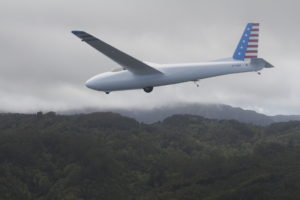
Soaring is the art and science of using the natural movement of the atmosphere to stay aloft, climb, and travel long distances in a motor-less aircraft. If the air is still, the glider slowly descends to a landing. However, the air is rarely completely still. Often updrafts, or “lift” exist, which a skilled pilot can use to gain altitude. While there are several forms of lift (thermals, wave lift, convergence), most of the soaring done in Hawaii uses “Ridge Lift.” Ridge lift, also called slope lift, is dependent upon wind. When the wind blows against a mountain, hill, cliff, or ridge line, the air flow is deflected upward. Depending on the strength of the wind, it can rise hundreds of feet above the top of the ridge. Sailplanes can fly back and forth indefinitely on the band of rising air on the upwind side of the ridge. Flights of more than 1,000 miles have been made using the ridge lift along mountain chains.
Learning to Fly Gliders
To learn to fly a glider, you must take lessons from a Certified Flight Instructor in Gliders (CFIG) until you meet the requirements for a Private Pilot Certificate. The Federal Aviation Administration certifies instructors and private pilots. You can solo a glider at age 14, and can obtain your private pilot certificate in gliders at age 16. As long as you are able to safely fly the glider, there are no medical certificate requirements in gliders like there are in airplanes.
